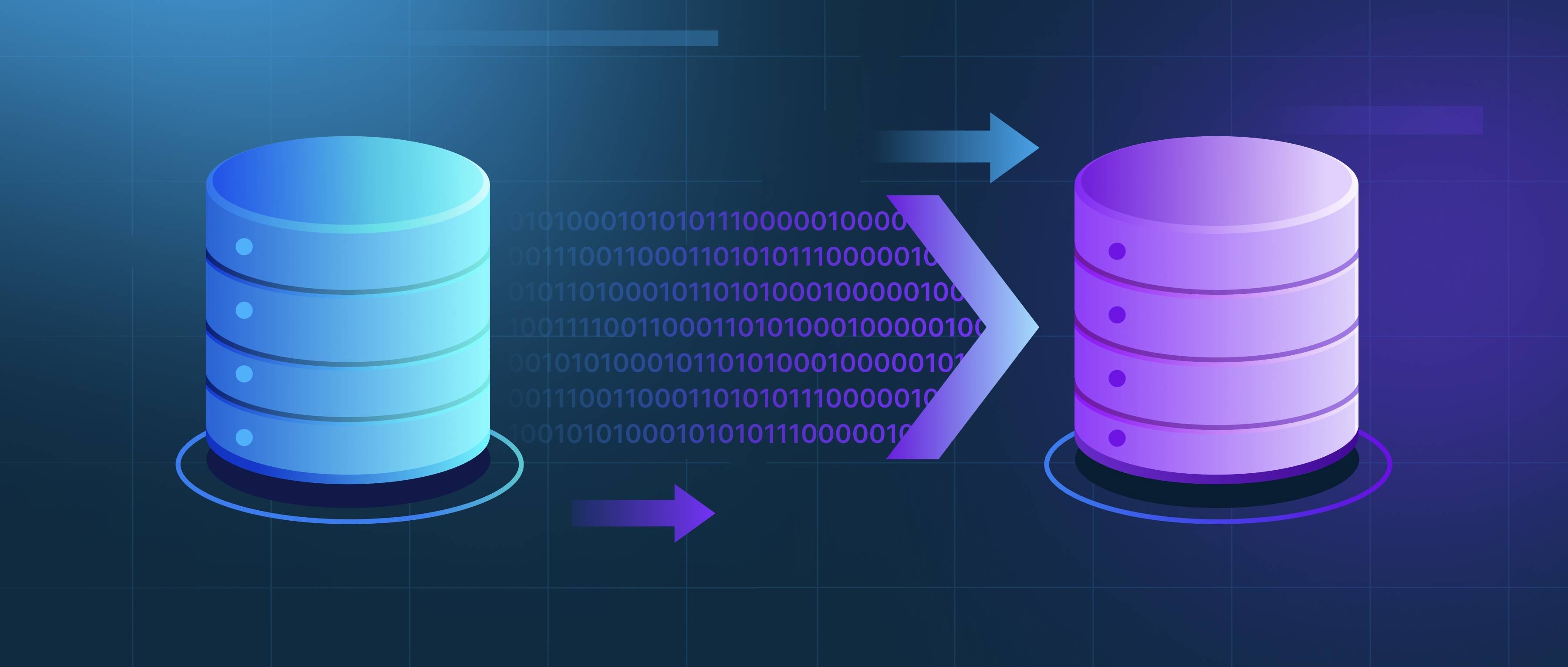To add additional filters or constraints to search queries in Haystack, you first need to understand how Haystack’s querying system works. Haystack allows you to define filters directly within your search queries, which helps in refining the results based on specific criteria relevant to your use case. You can modify the query using the filters parameter, where you can set conditions like document type, date ranges, or specific metadata fields.
For example, suppose you want to search for documents containing the term "API" but only want results that were published after January 1, 2022. You can construct your Haystack query as follows:
from haystack.nodes import DensePassageRetriever
from haystack.pipelines import DocumentSearchPipeline
retriever = DensePassageRetriever(...)
pipeline = DocumentSearchPipeline(retriever)
filters = {
"published_date": {"$gt": "2022-01-01T00:00:00Z"},
"document_type": "blog"
}
query = "API"
results = pipeline.run(query=query, filters=filters)
In this case, the filters dictionary includes conditions that the search must meet, filtering out any documents that do not match the defined criteria.
When you want to use multiple filters, you can combine them logically using the $and or $or operators. This feature allows you to create more complex queries. For instance, if you want to find documents related to "API" that are either a blog or a news article and were published after January 1, 2022, you could structure your filters like this:
filters = {
"$and": [
{"published_date": {"$gt": "2022-01-01T00:00:00Z"}},
{"$or": [
{"document_type": "blog"},
{"document_type": "news"}
]}
]
}
These additional constraints enhance the precision of your search results, allowing developers to retrieve relevant information more efficiently. Overall, by leveraging the filters parameter along with logical operators, you can fine-tune your search experience in Haystack to better suit your needs.
